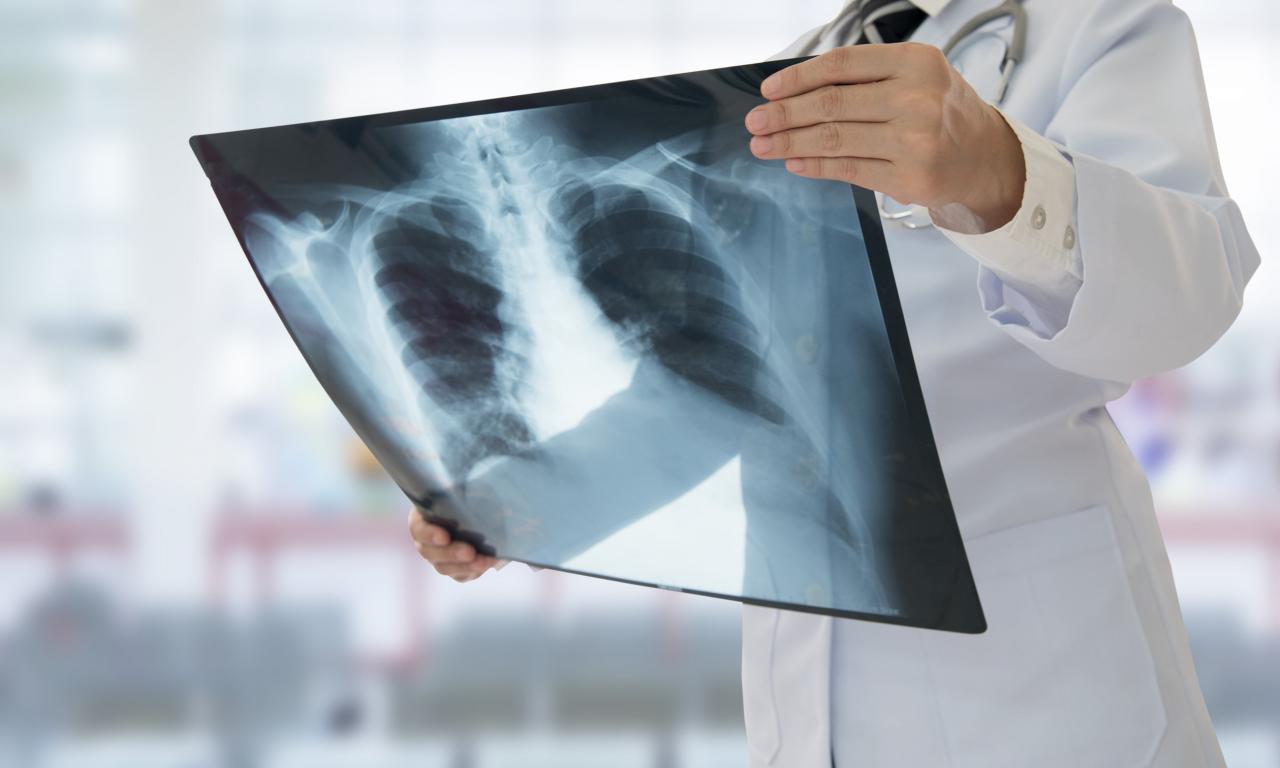Radiographers are absolute heroes. Who else is at the centre of medicine?
From advising medical staff on x-ray results or caring for ill and injured patients, to providing radiotherapy services for oncology; everyone will look to you for the answers.
This is fantastic, but how do you qualify as a radiographer?
1. Decide which type of radiography you want to pursue
You can study one of two radiography paths: diagnostic or therapeutic.
Diagnostic focuses on imaging techniques and equipment. You will not only take the images but analyse the results and report on them to medical staff and patients.
Therapeutic radiographers plan and deliver radiotherapy treatments for patients by collaborating with other healthcare professionals.
2. Choose your qualification route
There are now a couple of ways you can qualify as a radiographer.
You either need to study a full-time undergraduate honours radiography degree for three years, or apply for a degree apprenticeship.
Once you have completed one of these, you can then register with the Health and Care Professions Council (HCPC).
Honours degree
As well as full-time programmes, you may find part-time options are available at some universities where you will usually study for four to five years.
However, it’s all not large lecture halls and learning theory. You’ll spend about 50% of your study time on work placement in a hospital dealing with patients, clinicians etc.
There are currently 31 universities in the UK offering 43 undergraduate radiography degrees, so how do you decide which one to choose?
Firstly, your degree must be approved by the HCPC.
You’ll need to search for the top university radiography courses via UCAS or on the Society of Radiographers website.
Currently, the best universities for radiography are as follows:
- University of Leeds
- University of Exeter
- Robert Gordon University
- Cardiff University
- Bangor University
- University of Liverpool
- Glasgow Calendonian University
- Teeside University
- University of Cumbria
- University of the West of England
It’s worth planning in sufficient time not only for your research but also to visit the individual universities to discover the course that’s the right one for you.
Entry requirements for a radiography degree differ slightly by individual university but will generally require at least 5 GCSEs including English, Maths and a science subject and 3 A levels (or equivalent), one of which would need to be Biology or Physics.
You’ll also need to show evidence of a least one observation visit to your local hospital radiography department. A work experience placement will also be beneficial to your application.
You should contact your local hospital and see if you can attend an open day or look round the radiography department and ask questions of the staff and see how they work. The staff are geared up to help you so make the most of their expertise while you’re there.
The great news is that you may be eligible for funding for your radiography degree through NHS bursaries.
These bursaries can support both your course fees and your living costs and although the bursary won’t cover 100% of your costs it should substantially reduce your student debt. You can then apply to Student Finance England for further financial support in the same way as other students.
It’s also worth noting that if you already have a science or health undergraduate degree and you want to change career to become a radiographer you should be able to undertake a two year post graduate diploma or masters course in radiography. The best place to search for these is via the individual university websites or via UCAS Post Grad.
Once you complete your undergraduate degree you’ll continue with annual CPD (Continuing Professional Development) to keep your skills and knowledge current via the Society of Radiographers.
You’ll also need to register with the HCPC which is the regulator for radiographers.
Degree apprenticeship
A degree standard apprenticeship in diagnostic radiography has been approved for delivery. To get onto a degree apprenticeship, you will need to apply for an advertised position with a health care provider.
You can search for current vacancies on the NHS Jobs website and Find an Apprenticeship.
Once you’ve successfully completed a programme approved by the HCPC, you are then eligible to apply for registration with the HCPC.
When you have registered as a practitioner, you’ll be required to retain your name on the register by keeping your knowledge and skills up to date and paying an annual retention fee.
3. Find a job
As soon as you are qualified and registered with the HCPC, you can start looking for and applying for radiographer vacancies.
For many of these positions you will need to provide a CV and a covering letter, which you will need to tailor for each application if you want to give yourself the best chance of securing an interview.
The following websites are the best places to begin searching for radiographer vacancies:
Best of luck with your journey to becoming a radiographer!
Further information
For more tips and advice on becoming a radiographer, please see:
- Radiography personal statement examples
- Radiography university interview questions
- College of Radiographers
- National Careers Service
- Society of Radiographers
- Prospects
- UCAS
N.B This post was originally published in July 2016 but has been updated to reflect changes in the radiography careers field.
If you have any questions, comments or feedback on my post, please leave your reply below.




